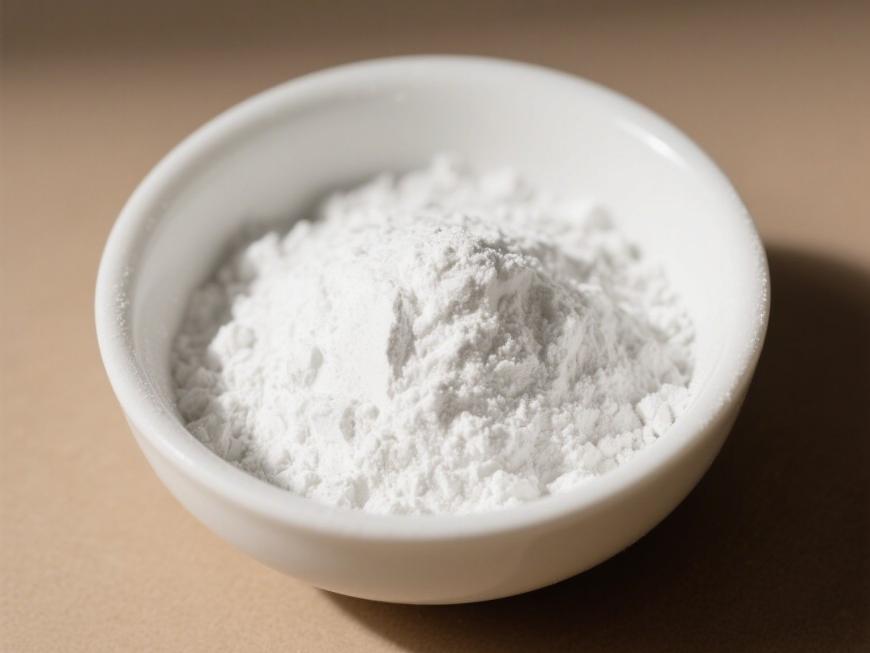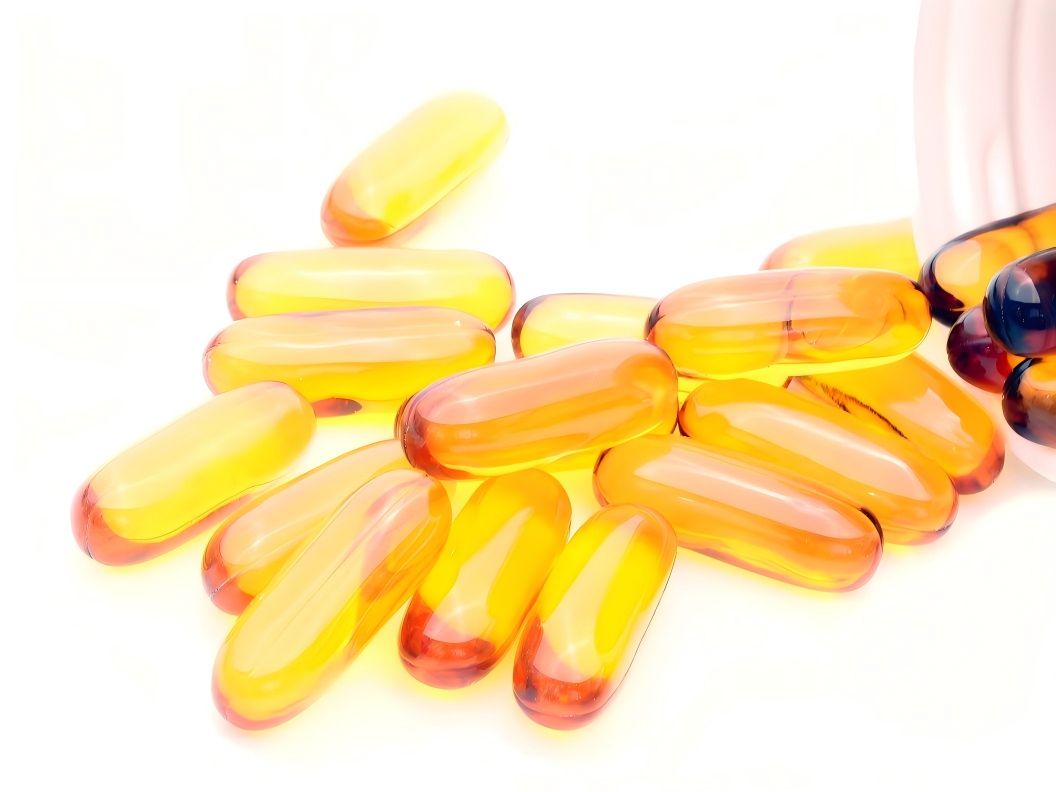What Is the Clinical Uses of Hyaluronic Acid?
The unique physical and chemical properties and multiple physiological functions of hyaluronic acid have found widespread application in medicine and biomaterials. In the 1960s, Balazs [1] first used hyaluronic acid in complex retinal detachment surgery, achieving significant therapeutic effects; in the 1970s, hyaluronic acid preparations began to be applied in joint diseases; in the 1980s, hyaluronic acid emerged in the field of aesthetics. Since then, hyaluronic acid has been increasingly applied in ophthalmology, orthopaedics, dermatology, cosmetic surgery, and other surgical fields, with rapid advancements in related research.
1 Physical and Chemical Properties and Physiological Effects
In 1934, Professors Meyer and Palmer from the Department of Ophthalmology at Columbia University in the United States first isolated hyaluronic acid (HA) from the vitreous humour of cow eyes. In 1937, Kendell and others extracted this active substance from bacteria [2]. In 1950, Karl Meyer's laboratory successfully elucidated the chemical structure of hyaluronic acid [3]. Hyaluronic acid is a high molecular weight polymer, with the basic structural units being D-glucuronic acid and N-acetyl-D-glucosamine, linked by alternating β-1,3 and β-1,4 glycosidic bonds. Due to the presence of acidic carboxyl groups, hyaluronic acid easily dissociates in sodium chloride solution, releasing H+ and adopting an acidic polyionic cation state [4], thereby conferring its acidic mucopolysaccharide properties.
Hyaluronic acid is widely distributed in the connective tissues of living organisms, such as the umbilical cord, cartilage, vitreous humour of the eye, blood vessel walls, joint fluid, and skin [5]. In biological organisms, hyaluronic acid exhibits various physiological activities, including lubricating joints, regulating protein activity, inhibiting microbial invasion and the spread of toxic substances, promoting wound healing, and regulating vascular wall permeability [6].
2 Clinical Applications in Surgery
2.1 Treatment of Joint Diseases
Hyaluronic acid is commonly found in synovial fluid in the form of sodium salts, with sodium hyaluronate being the primary component of synovial fluid and also a component of cartilage matrix [7]. It plays a lubricating role within the joint cavity, reducing friction between connective tissues; simultaneously, it exerts elastic properties to cushion external forces exerted on joint cartilage. Injecting high-molecular-weight, high-concentration, and high-viscoelastic sodium hyaluronate into the joint cavity can enhance the viscosity and lubricating function of synovial fluid, protect joint cartilage from further damage, and promote the healing and regeneration of joint cartilage, significantly alleviating pain and improving joint mobility [8].
Knee osteoarthritis: Bannuru et al. [9] published a systematic review in 2011, which included 54 high-quality clinical randomised controlled trials (RCTs) involving 7,545 participants. The trial design compared hyaluronic acid with placebo for the treatment of knee osteoarthritis, administered via intra-articular injection, with the primary outcome being the reduction in pain response. Meta-analysis results showed that treatment began to show efficacy after 4 weeks, reached maximum effect after 8 weeks, and the pain-relieving effect of hyaluronic acid persisted after 24 weeks. It was concluded that hyaluronic acid can serve as an effective drug for the treatment of knee osteoarthritis.
Temporomandibular joint disorders: Manfredini et al. [10] conducted a systematic review of hyaluronic acid treatment for temporomandibular joint disorders in 2010, including 19 clinical trials, of which 12 were for temporomandibular joint disorders and 7 for temporomandibular joint arthritis. The results showed that local injection of hyaluronic acid twice weekly significantly reduced pain compared with the placebo group, while joint function and mobility improved, but there was no difference in mouth opening size between the two groups; hyaluronic acid combined with aspiration was more effective than aspiration alone; and injection of hyaluronic acid in the lower part of the joint was more effective than in the upper part.
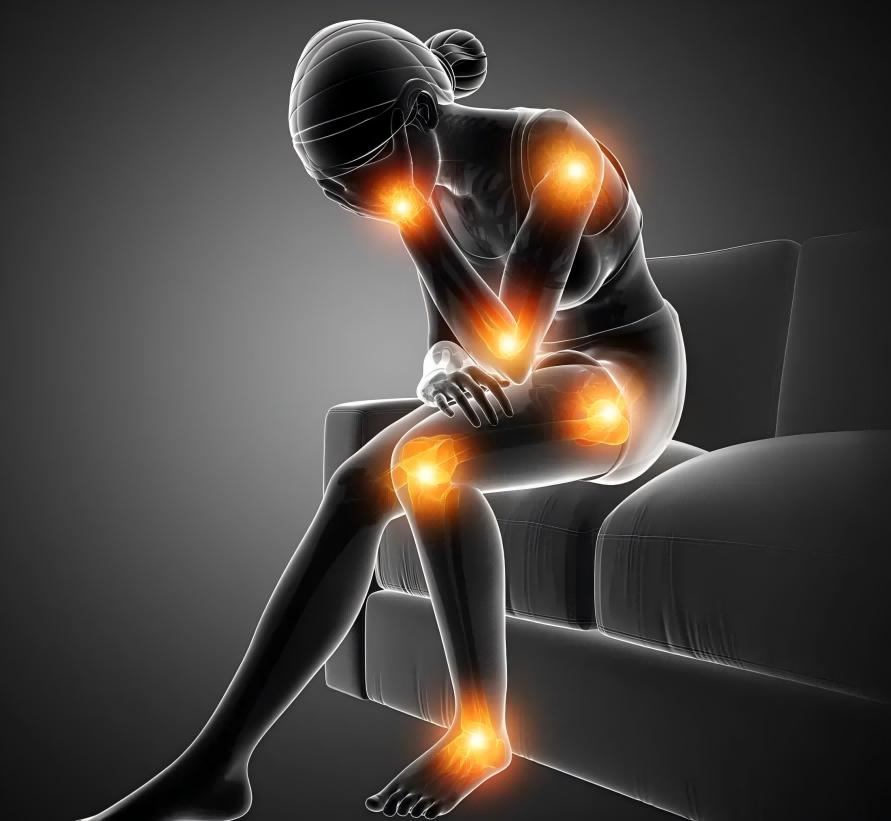
Ankle joint diseases: Loveday et al. [11] conducted a Cochrane systematic review on the intra-articular injection of hyaluronic acid for the treatment of ankle arthritis. This study included only one clinical trial with 15 participants, with a follow-up period of 6 months. All participants underwent arthroscopic minimally invasive surgery, followed by intra-articular injection of hyaluronic acid three weeks later. The results showed that hyaluronic acid did not have a significant advantage in pain relief but improved ankle joint mobility.
Shoulder joint diseases: Saito et al. [12] conducted a systematic review in 2010 on the efficacy and safety of hyaluronic acid shoulder injections for chronic shoulder pain. A total of 19 RCTs and 2,120 participants were included. The results showed that hyaluronic acid injections into the shoulder effectively alleviated chronic shoulder pain and improved shoulder joint function, with no significant difference in the total number of adverse reactions between the two groups. This study also conducted a subgroup analysis comparing hyaluronic acid with corticosteroids, which showed that the hyaluronic acid group had better recovery of shoulder joint function than the corticosteroid group.
2.2 For wound repair
Hyaluronic acid is one of the main components of the extracellular matrix in the epidermis and dermis of human skin [13]. It improves skin cell growth conditions and provides an optimal external environment for the synthesis of collagen and elastic fibres in dermal cells [14]. It also protects damaged tissue cells from pathogenic bacteria, reduces inflammatory responses [15], enhances wound healing and regeneration, and accelerates the regeneration of skin tissue.
Trauma repair: Voigt et al. [16] conducted a systematic review and meta-analysis of hyaluronic acid treatment for trauma in 2012. This study included 10 RCTs, 4 of which involved hyaluronic acid treatment for burns and 6 for ulcerated wounds. The results showed that hyaluronic acid accelerated wound healing in burn patients, shortened healing time, and higher concentrations of hyaluronic acid formulations were more beneficial for burn repair.
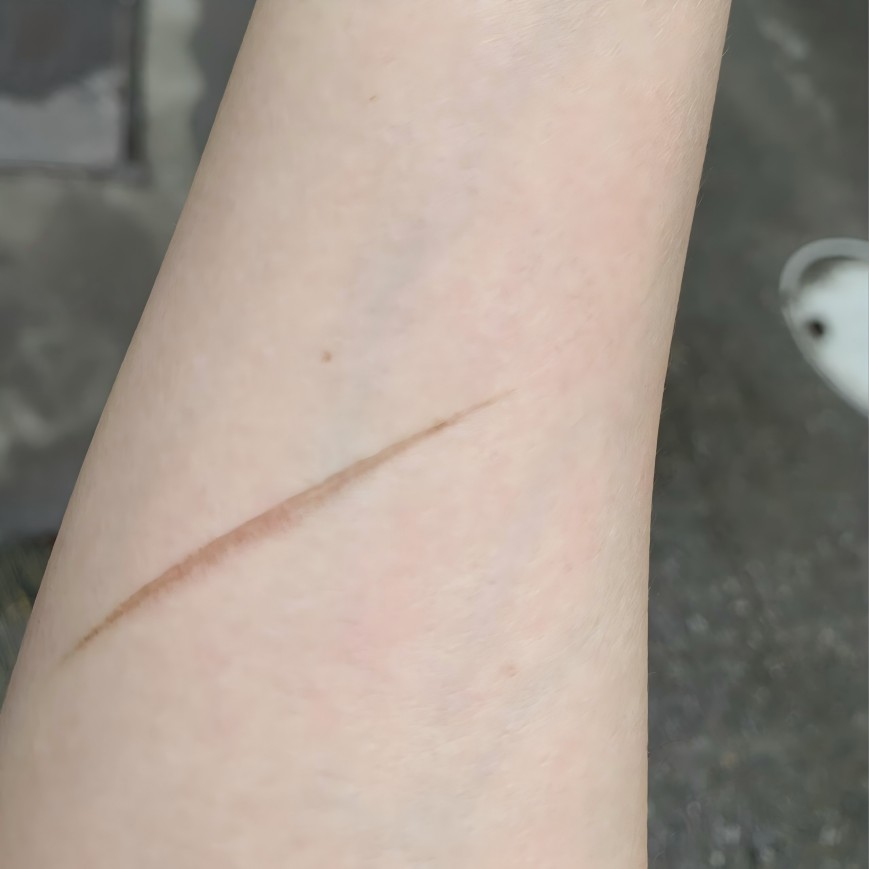
Postoperative wound repair: Metwally et al. [17] published a systematic review in 2007 on the use of hyaluronic acid solutions to prevent postoperative adhesions after gynaecological surgery, including 4 RCTs. The results showed that the incidence of adhesions was lower in the hyaluronic acid group than in the control group after gynaecological surgery; in patients who had developed adhesions, hyaluronic acid reduced the incidence of further adhesion progression, but there was no difference in the improvement rate of adhesions between the two groups. Mais et al. [18] published a systematic review in 2012, including five RCTs. The meta-analysis results showed that cross-linked hyaluronic acid gel reduces the incidence of adhesions after gynaecological surgery; in laparoscopic myomectomy, hyaluronic acid reduces the incidence of adhesions between the wound and the peritoneum; and in hysteroscopic gynaecological surgery, hyaluronic acid reduces the incidence of adhesions between the wound and the uterus.
2.3 For skin conditions
Hyaluronic acid is the most effective natural moisturising agent discovered to date, possessing powerful water-binding and moisturising properties, capable of absorbing approximately 1,000 times its own weight in water. With age, nutritional deficiencies, sun exposure, environmental stressors, and other factors, the body's ability to synthesise hyaluronic acid gradually decreases, leading to a reduction in its concentration in the skin. This ultimately results in keratinisation, wrinkles, ageing, and even inflammatory reactions in the skin.
Actinic keratosis: Gupta et al. [19] published a systematic review in 2012, conducting a meta-analysis of various treatment measures for actinic keratosis. The study included three randomised controlled trials (RCTs) on hyaluronic acid treatment for actinic keratosis. The intervention in the treatment group was a 3% diclofenac sodium solution containing 2.5% hyaluronic acid, while the control group received a placebo. A total of 420 participants were included. The results showed that the efficacy rate in the treatment group was higher than that in the control group.
Radiation dermatitis: Kirova et al. [20] conducted a phase III clinical trial using a randomised controlled blinded method to investigate the effect of hyaluronic acid on radiation dermatitis following radiotherapy for chest tumours. A total of 200 participants were included, with the intervention group receiving hyaluronic acid ointment and the control group receiving traditional moisturising ointment. The results showed that the incidence of radiation dermatitis was not significantly different between the two groups; however, the skin colour at the radiation site was better in the experimental group than in the control group. Additionally, the pain response in patients with radiation dermatitis was reduced after using hyaluronic acid cream. Pinnix et al. [21] conducted a randomised controlled clinical trial involving 130 participants. They compared the effects of hyaluronic acid gel and vaseline gel on the skin at the radiation site in female breast cancer patients undergoing radiotherapy. Applied hyaluronic acid gel versus vaseline gel to the irradiated areas. Results showed that hyaluronic acid did not reduce the incidence of grade 2 or higher radiation dermatitis.

Scleroderma: Yu Chunshui et al. [22] investigated the treatment of advanced localized scleroderma, enrolling 22 patients with scleroderma. Participants were randomly assigned to two groups: the experimental group (11 patients) received hyaluronic acid spot injections once every 5 weeks for a total of 15 weeks, while the control group (11 patients) received hyaluronic acid spot injections once weekly for a total of 15 weeks. At the end of week 15, the efficacy rate in the experimental group was 90.91%, while in the control group it was 45.45%. One adverse reaction occurred in the experimental group and three in the control group, all manifesting as swelling at the injection site. The results indicate that hyaluronic acid is safer and more effective than hyaluronidase for the treatment of scleroderma.
Skin rejuvenation: Narins et al. [23] selected 138 middle-aged and elderly female patients and conducted a comparative study on the efficacy of hyaluronic acid and collagen protein subcutaneous injections for the removal of nasolabial folds. The injection frequency was once every 2 weeks until the nasolabial folds faded to a satisfactory effect, with a maximum treatment duration of 6 months. The results showed that after 6 months, the efficacy rate for fading nasolabial folds was 59.6% in the hyaluronic acid group and 9.5% in the collagen group; among those who achieved satisfactory results, the number of injections required was fewer in the hyaluronic acid group than in the collagen group; there were no significant differences in post-injection reactions or tolerability between the two groups.
2.4 Applications in Ophthalmic Diseases
Sodium hyaluronate is an important component of aqueous humour and vitreous humour, protecting the corneal endothelium, iris, and retina [24]. Injection of sodium hyaluronate into the anterior chamber maintains anterior chamber depth; injection into the vitreous cavity aids in retinal repositioning; and in ophthalmic surgery, it reduces intraoperative or postoperative adhesions. Hyaluronic acid can also adsorb and bind large amounts of water molecules, preventing ocular dryness, and is used for corneal damage caused by or associated with dry eye syndrome, intrinsic disorders, or external stimuli [25].
Dry eye disease: McDonald et al. [26] selected 39 patients with dry eye disease and conducted a randomised crossover controlled trial to compare the therapeutic effects of 0.1% sodium hyaluronate and polyvinyl alcohol. A total of 32 patients completed the entire two-way crossover trial. Both groups received local topical instillation three to four times daily. After four weeks of treatment and control measures, the groups were crossed over and treated for another four weeks. The results showed that the burning sensation was significantly lower in the hyaluronic acid group than in the polyvinyl alcohol group, and the recovery of corneal function was better in the hyaluronic acid group than in the polyvinyl alcohol group (P = 0.04 < 0.05).
Keratitis: Liu Jun [27] published a randomised controlled clinical trial in 2011 investigating the treatment of herpes simplex virus keratitis with hyaluronic acid. A total of 26 subjects were included, with 14 in the treatment group and 12 in the control group. The treatment measures for the treatment group were 0.1% hyaluronic acid eye drops combined with ganciclovir ointment, while the control group received Tylenol eye drops combined with ganciclovir. The results showed that hyaluronic acid eye drops could shorten the epithelial healing time and improve visual acuity in patients with epithelial herpes simplex keratitis.
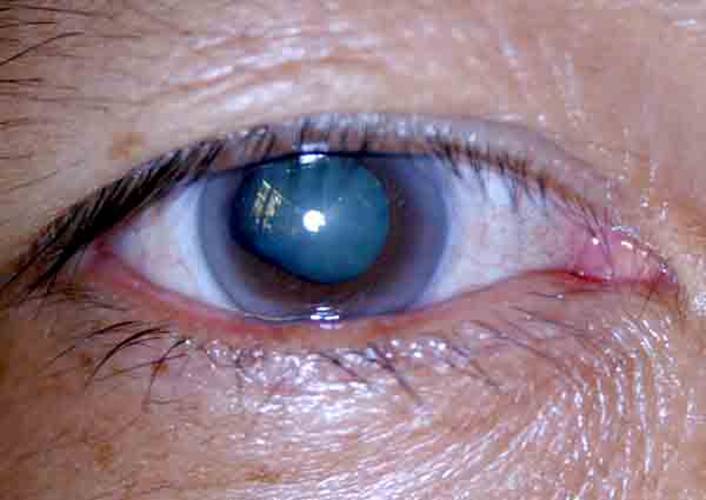
Low intraocular pressure: Kucukerdonmez et al. [28] conducted a clinical study on the treatment of chronic low intraocular pressure with hyaluronic acid, enrolling 32 patients with low intraocular pressure, with an average age of 56.8 years. The treatment involved intravitreal injection of sodium hyaluronate. After treatment, patients recovered well, indicating that hyaluronic acid is effective for treating low intraocular pressure.
Eye burns: Zhao Fajun et al. [29] treated patients with eye burns using traditional methods such as erythromycin or tetracycline eye ointment, chloramphenicol eye drops, and atropine for mydriasis when necessary. Additionally, they administered 0.1% sodium hyaluronate eye drops combined with 2% ofloxacin eye drops every 4 hours. Results showed that early application of sodium hyaluronate after eye burns reduced severe complications and disability rates.
2.5 Other
Ye Shufen [30] and Lai Hanbiao et al. [31] reported that the use of hyaluronic acid gel after dental implant surgery effectively reduces pain responses and alleviates redness and swelling. Wu et al. [32] and Wang Jianping et al. [33] found that hyaluronic acid administered to patients after dacryocystitis surgery promotes the recovery of lacrimal sac function and reduces postoperative scarring.
References:
[1]Karen LG, Paul B. Hyaluronic Acid [J]. Drugs, 1994, 47(3): 536–566.
[2]Liu Zhengping, Wang Bing. Clinical Research Advances in Hyaluronic Acid [J]. Food and Medicine, 2006, 8(12A): 8–10.
[3]Weissmann B, Meyer K. The structure of hyalobiuronic acid and of hyaluronic acid from umbilical cord [J]. J Am Chem Soc, 1954, 76(7): 1753–1757.
[4]Cui, Yuan, Duan, Qian, and Li, Yanhui. Research progress on hyaluronic acid [J]. Journal of Changchun University of Science and Technology: Natural Science Edition, 2011, 34(3): 101–106.
[5] Liu L,Liu Y,Li J,et al.Microbial production of hyaluronic acid: current state,challenges,and perspectives[J].Microb Cell Fact,2011,10( 99) : 1-9.
[6] Iannitti T,Lodi D,Palmieri B.Intra-articular injections for the treatment of osteoarthritis: focus on the clinical use of hyaluronic acid[J].Drugs R D,2011,11( 1) : 13-27.
[7]Wobig M,Dickhut A,Maier R , et al.Viscosupplementation with Hylan G - F 20: a 26-week controlled trial of efficacy and safety in the osteoarthritic knee[J].Clin Terapeut,1998,20( 3) : 410-423.
[8] Brandt KD,Block JA,Michalski JP.Efficacy and safety of intraarticular sodium hyaluronate in knee osteoarthritis[J].Clin Orthopaed Related Res, 2001,385: 130 -143.
[9] Bannuru RR , Natovz NS,Dasi UR , et al.Therapeutic trajectory following intra-articular hyaluronic acid injection in knee osteoarthritis e meta - analysis [J].Osteoarthritis and Cartilage,2011,19( 6) : 611-619.
[10] Manfredini D,Piccotti F,Guarda-Nardini L.Hyaluronic acid in the treatment of TMJ disorders: a systematic review of the literature[J].The Journal of Craniomandibular Practice,2010,28( 3) : 166 -176.
[11]Loveday D,Clifton R , Robinson A.Interventions for treating osteochondral defects of the talus in adults[J].Cochrane Database of Systematic Re- views,Published Online: 2010 August.DOI: 10.1002 / 14651858.CD00 8104.
[12] Saito S,Furuya T,Kotake S.Therapeutic effects of hyaluronate injections in patients with chronic painful shoulder: a meta-analysis of randomized controlled trials[J].Arthritis Care and Research,2010,62( 7) : 1 009 - 1 018.
[13] Teh BM,Shen Y,Friedland PL,et al.A review on the use of hyaluronic acid in tympanic membrane wound healing[J].Expert Opin Biol Ther, 2012,12( 1) : 23-36.
[14] Dover JS,Rubin MG,Bhatia AC.Review of the Efficacy,Durability,and Safety Data of Two Nonanimal Stabilized Hyaluronic Acid Fillers from a Prospective,Randomized,Comparative,Multicenter Study[J].Dermato- logic Surgery,2009,35( 1) : 322-331.
[15] Stegmann R , Miller D.Use of sodium hyaluronate in severe penetrating ocular trauma[J].Ann Ophthalmol,1986,18( 1) : 9 -13.
[16]Voigt J,Driver VR. Hyaluronic acid derivatives and their healing effect on burns,epithelial surgical wounds,and chronic wounds: a systematic review and meta-analysis of randomized controlled trials [J].Wound Repair and Regeneration,2012,20( 3) : 317 -331.
[17] Metwally M,Gorvy D,Watson A,et al.Hyaluronic acid fluid agents for the prevention of adhesions after fertility-preserving gynecological surgery: a meta-analysis of randomized controlled trials[J].Fertility and Sterility,2007,87( 5) : 1 139 -1 146.
[18] Mais V,Cirronis MG,Peiretti M,et al.Efficacy of auto-crosslinked hyaluronan gel for adhesion prevention in laparoscopy and hysteroscopy: a systematic review and meta-analysis of randomized controlled trials[J].European Journal of Obstetrics and Gynecology and Reproductive Biolo- gy,2012,160( 1) : 1-5.
[19] Gupta AK,Paquet M,Villanueva E,et al.Interventions for actinic ker- atoses[J].Cochrane Database of Systematic Reviews,Published Online: 2012 December.DOI: 10.1002 / 14651858.CD004415.
[20]Kirova YM,Fromantin I,De Rycke Y,et al.Can we decrease the skin re- action in breast cancer patients using hyaluronic acid during radiation therapy? Results of phase III randomised trial[J].Radiother Oncol, 2011,100( 2) : 205-209.
[21]Pinnix C,Perkins GH,Strom EA,et al.Topical Hyaluronic Acid vs.Standard of Care for the Prevention of Radiation Dermatitis After Adjuvant Radiotherapy for Breast Cancer: Single -Blind Randomized Phase III Clinical Trial[J].International Journal of Radiation Oncology Biology Physics,2012,83( 4) : 1 089 -1 094.
[22] Yu Chunshui, Ran Liwei, Tan Shengshun, et al. Efficacy analysis of local injection of sodium hyaluronate and hyaluronidase in the treatment of late-stage localised scleroderma [J]. Chinese Journal of Dermatology, 2006, 20(1): 26–28.
[23] Narins RS,Brandt F,Leyden J,et al.A randomized,double-blind,mul- ticenter comparison of the efficacy and tolerability of Restylane versus Zy- plast for the correction of nasolabial folds[J].Dermatologic surgery: offi- cial publication for American Society for Dermatologic Surgery,2003, 29( 6) : 588-595.
[24] Algawi K,Agrell B,Goggin M,et al.Randomized clinical trial of topical sodium hyaluronate after excimer laser photorefractive keratectomy[J].J Refract Surg,1995,11( 1) : 42-44.
[25] Faraldi F,Papa V,Santoro D,et al.A new eye gel containing sodium hyaluronate and xanthan gum for the management of post-traumatic corneal abrasions[J].Journal of Clinical Ophthalmology,2012,6: 727 - 731.
[26] McDonald CC,Kaye SB,Figueiredo FC,et al.A randomised,crossover, multicentre study to compare the performance of 0.1% ( w / v) sodium hyaluronate with 1.4% ( w / v) polyvinyl alcohol in the alleviation of symptoms associated with dry eye syndrome[J].Eye ( London,England), 2002,16( 5) : 601-607.
[27]Liu Jun. Effect of sodium hyaluronate eye drops on epithelial healing in herpes simplex virus keratitis [J]. Huaihai Medicine, 2011, 29(6): 522–523.
[28]Kucukerdonmez C, Beutel J, Bartz-Schmidt KU, et al. Treatment of chronic ocular hypotony with intraocular application of sodium hyaluronate [J]. British Journal of Ophthalmology, 2009, 93(2): 235–239.
[29]Zhao Fajun, Zong Xiao. Observation on the efficacy of sodium hyaluronate in the treatment of chemical burns of the eye [J]. Medical Theory and Practice, 2007, 20(1): 69–70.
[30]Ye Shufen. The role of GENGIGEL® hyaluronic acid gel in wound healing after implant surgery [J]. International Journal of Medicine and Health, 2006, 12(7): 34–35.
[31]Lai Han-Biao, Liu Yi. The role of hyaluronic acid gel in wound healing after implant surgery [J]. Guangdong Journal of Stomatology, 2008(16): 637–638.
[32]Wu W, Cannon PS, Yan W, et al. Effects of Merogel coverage on wound healing and ostial patency in endonasal endoscopic dacryocystorhinostomy for primary chronic dacryocystitis [J]. Eye (Lond), 2011, 25(6): 746–753.
[33]Wang Jianping, Zhang Deshou, Ma Yong, et al. Application of sodium hyaluronate in nasolacrimal anastomosis [J]. International Journal of Ophthalmology, 2009, 24(6): 3828–3829.


 English
English French
French Spanish
Spanish Russian
Russian Korean
Korean Japanese
Japanese